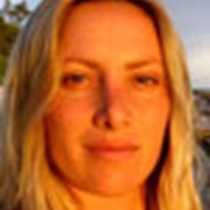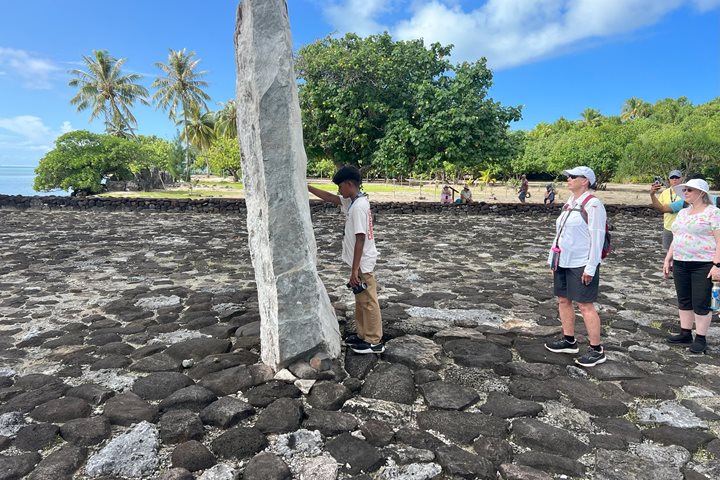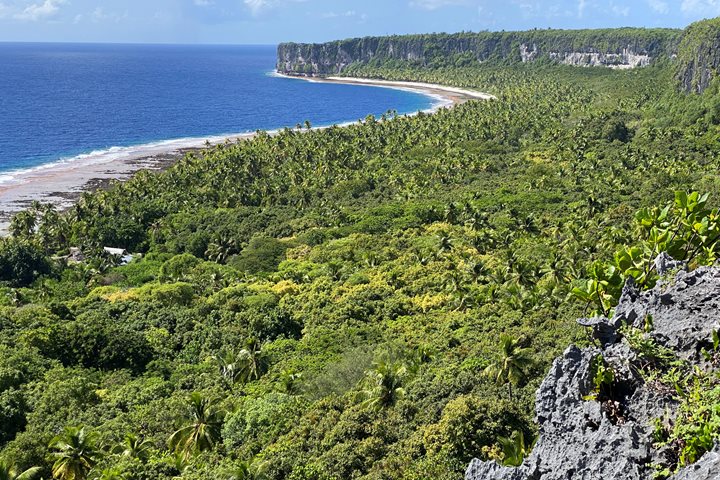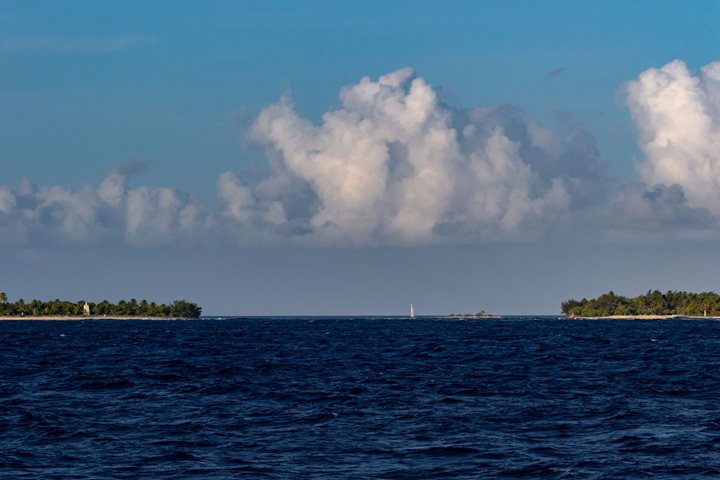Aboard National Geographic Orion and sailing the calm, temperate waters of Polynesia, we have time to wonder and reflect on the immensity of this grand Pacific as well as the courage and resolve demanded from its earliest navigators. Considered the largest geographical feature on Earth, the Pacific Ocean covers a third of the planet surface and surrounds more than 20,000 islands!
You might think of this ocean as one vast canvas for exploration, where new cultures flourished, and new tribes and civilizations adapted across a variety of island environments and social flux.
Pacific islanders were in fact the last of mankind to encounter Europeans, and the timespan of these encounters across the Polynesian expanse varies quite a bit. The very earliest of them stretch as far back as many as five centuries and surfacing as recently as 50 years ago. This fact, if nothing else, reminds one just how wide the arc of human discovery is, seen through the lens of expedition.
As we sail, we take time to immerse ourselves into informative lectures about the incredible knowledge these civilizations held over stars, ocean currents, and weather patterns. We also learn about the geomorphology of the Pacific Ocean and islands, animal migration, the origin of pearls as well as music. The night ended with a delicious pirate-themed barbeque and an after-dinner viewing of Bounty to give those watching a sample of the history of buccaneering in these wide, exciting waters.







